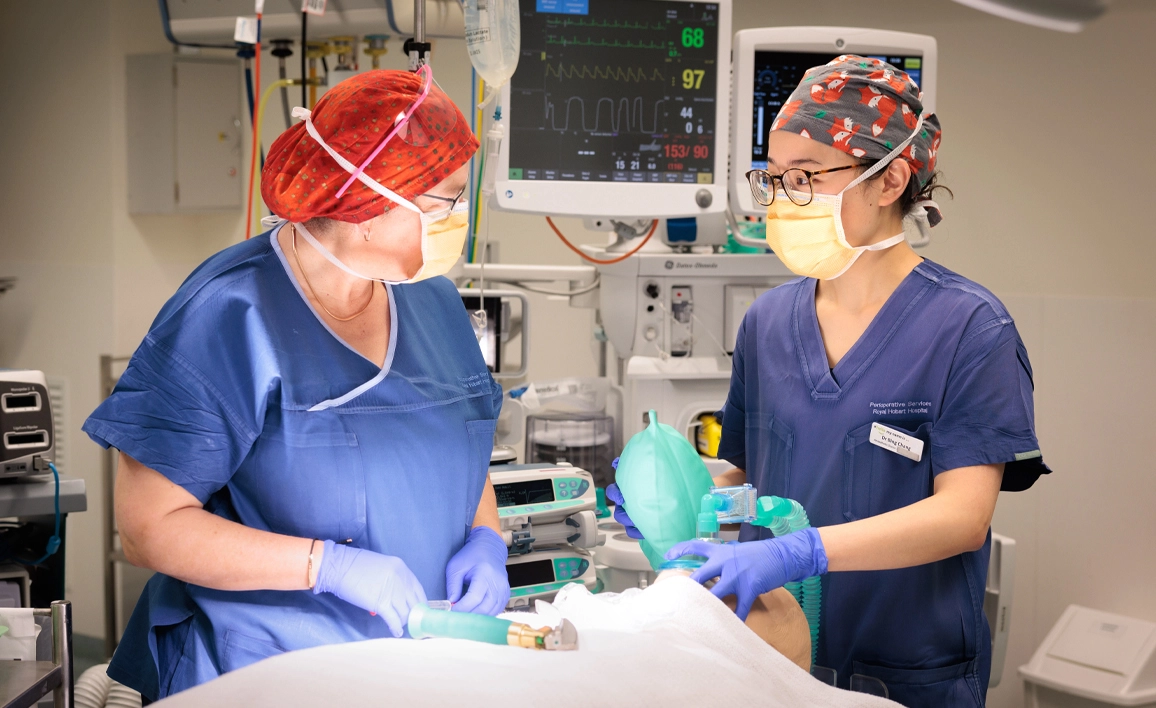Key objectives
Among other things, the program supports 900 training posts through specialist medical colleges like ANZCA. ANZCA has been funded to manage the program and the associated contracts for training posts in anaesthesia and pain medicine.
The program's key objectives are to:
- Increase the capacity of the health workforce to train specialists by providing training that matches demand and reflects the way health services are delivered.
- Develop an integrated series of accredited networked specialist-training arrangements focused on healthcare, through which trainees may rotate in the pursuit of specialist qualification.
- Incorporate trainees into networks that are based on health service delivery requirements of a region with the education potential of training sites matched to the health service delivery inherent in increased availability of a specialist trainee workforce.
Benefits
STP is an effective policy initiative to expand specialist training positions in non-traditional settings.
By providing additional specialist training positions:
- Trainees complete rotations without being delayed by insufficient training opportunities.
- Trainees are given training opportunities not available in traditional public hospital settings, while fulfilling training requirements for fellowship.
- Trainees gain experience and orientation to private work and rural practice.
- The community has increased access to specialist services.
- There is significant value to hospitals through an increased focus on teaching which is often associated with the provision of higher standards of care.
Case study
We spoke to anaesthetists and trainees in Tasmania about living and working in the area, and the opportunities the Specialist Training Program has brought to Tassie.
Funding entitlements
Australian hospitals may be entitled to access one or more of the following funding streams.
Salary support
STP provides an annual trainee salary contribution.
Rural support loading
Rural support loading (RSL) funding is available to supplement the additional costs incurred by STP trainees located in regional and remote Australia, with an Australian Standard Geographical Classification – Remoteness Areas (ASGS-RA) status of two to five. For information on how RSL funding can be spent and what the payment process is, view our RSL guidelines.
Private infrastructure and clinical supervision
Private infrastructure and clinical supervision (PICS) allowance is available to provide funding for activities associated with clinical supervision and infrastructure for private sector training posts. Eligible posts will be contacted in writing by the Department of Health.
For information on how PICS funding can be spent and what the payment process is, view the college's PICS guidelines.
Further information
You can find general information about STP on the Australian Government's Department of Health website or our STP FAQs page. If you have a specific question, please contact our STP team.
Explore this section
We've answered some common questions about the Specialist Training Program.
Find all the Specialist Training program forms and guidelines you need here, including consent forms and progress reports.
The Operational Framework applies to the entire STP, which includes two other initiatives: the Integrated Rural Training Pipeline and the Training More Specialist Doctors in Tasmania (TMSDT).

